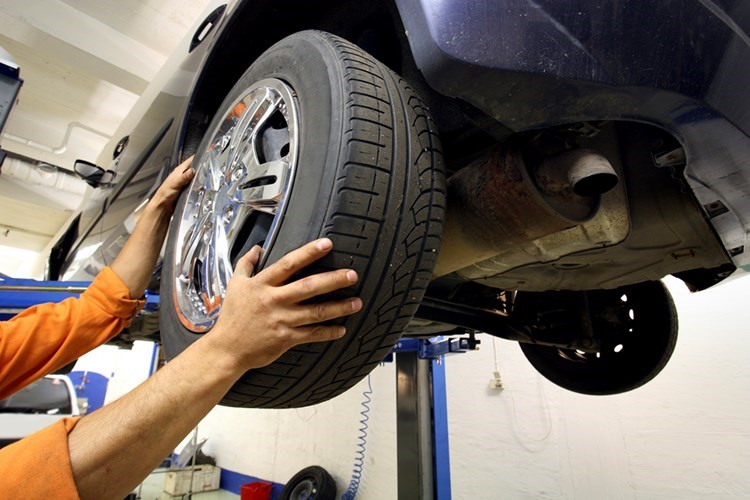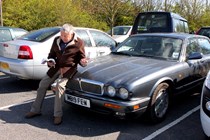Buying your first car: a quick guide
Whether you’ve just turned 17 and have a brand-new licence, or are taking to the road later in life, your first car is likely to be a used car. As your first experience of driving, it’s got a significant role to play beyond merely providing transport. Every experience will shape how you feel about driving in the future. For many people those early journeys are treasured memories – regardless of the car itself, or even the destinations.
So it’s worth putting the time in to choose a car that is going to be a positive experience. Avoiding breakdowns, feeling comfortable and safe, and affordable running costs should be just as important as liking the colour, style or brand of car. Fortunately, there’s a wide range of vehicles to choose from on Parkers cars for sale – so finding a car that fits your image and lifestyle as well as your budget isn’t impossible, even with a new licence.
Reliable cars can be found for as little as £2,500 if you buy carefully, though reliability does depend on how well maintained it has been, and how well you maintain it yourself. Insurance is often a higher cost for new drivers, so check quotes before buying.
Buying a car can be a powerful, emotional experience, and we’d recommend avoiding high-pressure situations like eBay auctions or buying online for your first used car purchase. It’s important to keep a cool head. Remember that there are thousands of cars for sale at any given time; if anything feels wrong, even if the deal seems too good to be true, be prepared to walk away.
Check a used car’s MOT history first
Before viewing any car, ask the seller to provide the registration number and use the free online MOT history service to check for advisory items or failures that you may want to pay close attention to. It will also provide a rough guide to the car mileage and use patterns, such as long periods of disuse that could imply storage, or an accident and subsequent repair.
There may be a gap in the MOT history around 2020 to 2021 due to restrictions on businesses during the covid pandemic.
Should I buy a car for university?
It’s pretty easy to make the decision to buy a car when you’re starting work – so few areas in the UK offer consistent, affordable and pleasant public transport alternatives outside of major cities. When going to university or college, though, there are many factors to consider – not least of which is the cost.
Although specialist insurers do offer discounted rates for students, the amount of discount and terms – such as telematics (black boxes) and parking restrictions need to be considered too. Before accepting what looks like a generous percentage off the quote, make sure the quote you’ve been given is competitive in the first place with comparison sites like Mustard.
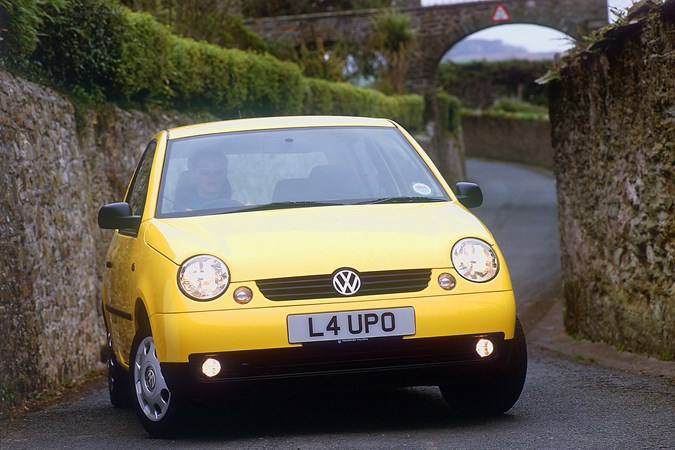
For socialising, shopping and adventures there are great reasons to take a car to university or college – particularly if you’re staying a long way from home – but bear in mind the costs of owning and running even an older car can make a significant dent in your resources for studying and experiences with new friends.
Before buying a car for university, look at the car hire/car club schemes offered in your area, and take into account cost and availability of parking (safe parking if you’ve chosen a more expensive car – again, there’s a lot to be said for owning a car that looks like no-one would want to steal it or expect to find anything of value in it).
Budget for maintenance, not just acquiring and insuring – and remember that in areas with lots of students, there may also be Police scrutiny of young drivers, so ensure lights, tyres, and numberplates are always clean,legal and functional.
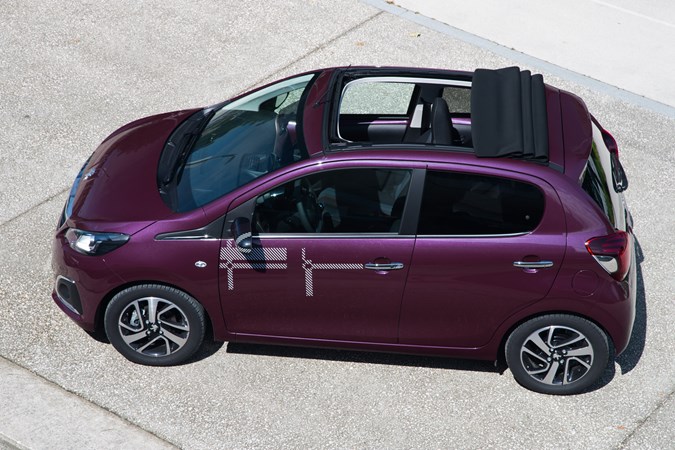
Owning a car during your formative years is a rite of passage that also opens up a huge number of opportunities for travel, for making friends (being the friend with the car is both a blessing, and a curse) and maintaining a sense of freedom and the ability to escape under your own control that can be helpful to mental health.
As long as it’s practical and affordable, we recommend it – and suggest finding the most characterful, enjoyable car you can in your budget, because one day, you’ll need to put responsibility and practicality first.
Useful tools to have before buying a used car
One item above all others will be the most useful when buying a used car – a friend, relative or independent expert who can check the car over with you, accompany you for financial transactions (particularly cash) and provide a voice of sanity. If they drive you there, then you’ll find it easier to reject a car that doesn’t feel right.
Older, experienced car buyers may have a few tricks up their sleeves that, frankly, are a little old-school in their approach, but can still be useful. Using a large screwdriver as a stethoscope to listen for bad valves and timing chains, or undoing the oil cap to check crankcase pressure,are just as relevant now as they were before computerised diagnostics.
That’s not the only bit of used-car history that’s stuck around. Sales of body filler and fibreglass, rattle-cans of paint and second hand parts are as buoyant as ever, particularly for amateur dealers at the cheaper end of the market.
Here are some handy tools to check a car for hidden history.
- A torch or inspection lamp – bright, powerful LED torches are cheap, but at the very least your smartphone is likely to have one
- Your smartphone – not only can you check Parkers used car values online, it can be used to take pictures of the sills and behind wheels
- Some disposable gloves, so you won’t be discouraged from handling dirty components
- A plastic covered magnet, to check steel panels for filler
- A cheap on-board diagnostic tool – cars produced after 2001 have a standardised port, called OBD-II, that will allow self-diagnostic codes to be read. These will indicate engine wear or component failure, particular in emissions
- A tyre pressure and tread depth tool, useful to have after you bought your car too – some cheaper cars can cost less than a set of four replacement tyres, so make sure they’re safe and legal before buying
- A notepad and pen to note down anything you’re in doubt about
Before looking at a car for sale, check out buying guides and specifications to make a list of items you may want to double-check like Isofix points or desired options. If you really like the look of an interior trim or wheel design when researching, don’t hold back on trying to find the car you really want – being fussy is a useful habit when buying a second hand car.
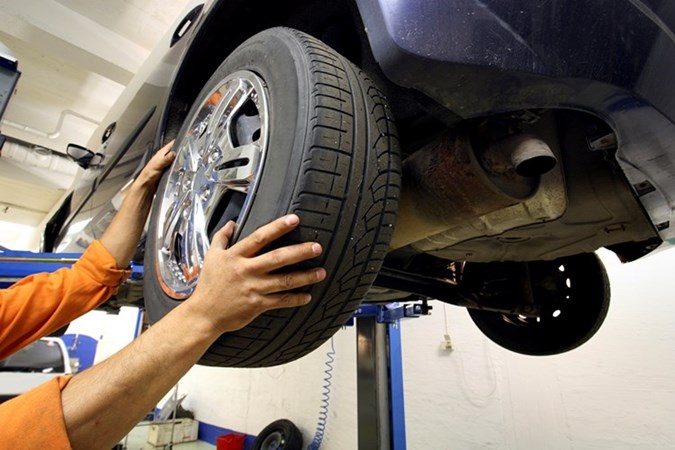
Checks before test driving a used car
- Ask to see the V5C and other paperwork. If it’s a private seller, make sure the name and addresses match. Check if the vehicle is taxed online – without MOT or tax, it’s illegal to drive on the road. Dealers will have trade plates to cover this, however
- Walk around the car, looking along the sides and low down for damage as well as on top
- Inspect the tyres for safe, legal tread depth and condition. Make a note of the brands fitted, and the size – you can get online quotes to avoid buying a car with unusually expensive-to-replace tyres
- Look for damage to the wheels, particularly the rim of alloy wheels
- Look across the windscreen for cracks and chips
- Inspect the wiper blades for damage. If they’re undamaged, check the wash/wipe is working when you drive the car
- Open the bonnet
- With the car on a level surface and engine off, check the oil on the dipstick
- Petrol cars should have golden-brown oil
- Diesel cars should have black/brown oil unless very recently changed, but no sludge
- Cars with long-life oil may have green dye as well
- Replace the dipstick, and look at the oil filler cap. Older cars may have some staining around it, that’s okay, and it’s reasonable to find some dark carbon buildup on high mileage cars. If there is a mayonnaise-like build up it could be a sign of trouble, so walk away
- As long as the engine is cold look at the coolant, either through the radiator cap or in the expansion tank
- Older cars will have greeny-blue coolant
- Newer cars have pink or red coolant
- If there are rusty stains around the radiator or expansion tank, the car may have overheated. Walk away
- Shine your phone torch or an inspection lamp over the radiator from both sides. Look for signs of damage or crystals indicating leaks
- Once satisfied that the oil and coolant are good, make sure to check the brake fluid is clear and honey coloured
- Some car fluids differ from this list, particularly Citroens – if in doubt ask a specialist for advice
Checks when starting the engine
- Compare the keys with the owners’ handbook or check online, as some cars will have a master key
- When switching on, watch all the lights. At a minimum there should be red warnings for oil and battery charge, and on cars equipped with ABS brakes or airbags, usually orange lights – all should go out when started, but if they don’t light up before the bulbs may be broken, hiding issues
- Automatic cars should only start in P or N
- Most manual cars will only start if the clutch is depressed
- The car should start easily. If anything sounds untoward, ask the seller – and if in doubt, walk away
- Look in the mirrors, or ask a friend to come along and check for smoke from the exhaust when starting
- With the handbrake applied and car idling – don’t rev it – carefully engage the clutch.
- Feel where the biting point is, and if the car is held safely and pulls against the brake, or begins to move. If the handbrake isn’t working, or the clutch feels like it is slipping, walk away
- A good clutch and handbrake should cause the car to begin to stall at idle
- Also listen for odd noises and sniff for burning smells when operating the clutch
- As you start your test drive, keep all senses alert: feel for resistance or looseness; look for cracks in the windscreen, broken instruments and controls; smell for sweet or burning odours suggesting leaks or worn parts; listen for clonks, rattles or grinding and whistling sounds; taste the air for a sweet flavour which can indicate coolant leaks
Test driving your first used car
- Don’t buy a car without driving it. You can get appropriate day insurance for looking at private cars, and reputable dealers will have insurance for accompanied test drives
- Ensure seat, mirrors and steering wheel are comfortable
- Inspect the seatbelts too
- Before driving at speed, make sure the brakes work and you know how much pressure to apply
- Feel for play in the steering, and any resistance from lock to lock
- Drive the car around in a circle clockwise and anti-clockwise, with the steering at full lock. Listen for rattles, clicks or grinding sounds
- Do this in reverse as well. Knocking sounds and sensations may indicate engine mount failure
- Check all the lights work and the controls are comfortable
- Most owners and dealers will accompany you. Don’t be afraid to ask questions about the car
- Look for an extended route that includes speed bumps, roundabouts and a stretch of dual carriageway or motorway to test the car at speed
- If anything about the car feels wrong, or there’s no opportunity to drive it on national speed limit roads, look elsewhere
After test driving a used car
- Check the temperature gauge, where applicable, with the engine running – has it moved from normal?
- Get out of the car and open the bonnet
- Walk around with the engine running, feel near each of the wheels – are any of them hotter than the others?
- Listen for cooling fans cutting in, smell for coolant and look for leaks under the bonnet, before closing it
- Get back in the car and look at the instruments – has the temperature climbed, or are any warning lights glowing or flickering?
- Ask the seller to demonstrate any digital displays and menus including navigation and media player, Don’t forget to test bluetooth if fitted
- Check the heater operates at all speeds and can output hot and cold air
- Check all the windows operate smoothly, whether electric or manual
- If fitted, check the sunroof as well
- Listen to the radio – do the speakers buzz or crackle?
- Switch off the car, get out and lock it
- Walk around and check the bodywork again
- Double check all the paperwork is correct, and look for servicing that matches the schedule – particularly cam belt changes and gearbox oil replacement
What do these checks indicate?
Buying a used car involves a lot of unknowns. For the experienced buyer and car owner it’s bad enough; some cars may be cheap to repair, others may seem to have trivial faults that end up costing thousands to repair. These simple checks are to ensure there’s nothing obviously wrong.
Tyre checks are vital. Not only can tyres from a reputable brand cost over £200 per wheel for larger sizes, you don’t want to test drive a car with dangerous or illegally worn tyres. It’s easy to see the outside and be distracted by tyre gloss; cuts and wear are just as likely to be on the inside, hidden edge, so it’s vital to look and feel. Any cuts, cracks or bulges could lead to a blowout – don’t take the risk.
Coolant checks of level, colour and leaks can indicate if the car has overheated, which may be a sign of head gasket failure, or has been maintained well. A faulty cooling system can wreck a car. Being aware of coolant smells inside the car can be a sign that the heater matrix is failing, too, which can involve hours of labour to replace.
Feeling the wheels for excess heat can indicate binding or sticking brakes, or failing wheel bearings (which will usually be accompanied by a howling/rumbling noise on corners). Repairs to the braking system will rarely be cheap, so it’s not worth taking on a car with problems in this area.
Problems with the clutch, dual-mass flywheel or gearbox are also expensive and labour-intensive to repair. Clutches are a fricton component that wears out over time, but will rarely cost less than £300 to replace. Dual-mass flywheels, common on modern cars, particularly diesels, will more than double that.
Checking the engine for trouble codes can reveal problems with expensive sensors and ignition systems. Diagnostics and repairs of electrical systems can be time-consuming, so it’s safest to avoid taking on a car with issues here.
Shining a torch along the side of the car can reveal misaligned panels, mismatched paint and hidden rust. For the most part these issues can be cosmetic, and you may be comfortable with that; ensure you’re paying the right price for a car with bodywork repairs. Rust underneath or on structural mounting points is to be avoided at all costs, however.
Finally, items like heater fans, electric windows and sunroofs may seem unimportant, but they’re rarely cheap to sort out. Door glass falling into the door is a common problem on Volkswagens; sunroof guides failing can cost hundreds of pounds to fix on some panoramic types. There’s no need to put up with issues like this unless the car you want is a very specific model.
Just so you know, we may receive a commission or other compensation from the links on this website - read why you should trust us.


